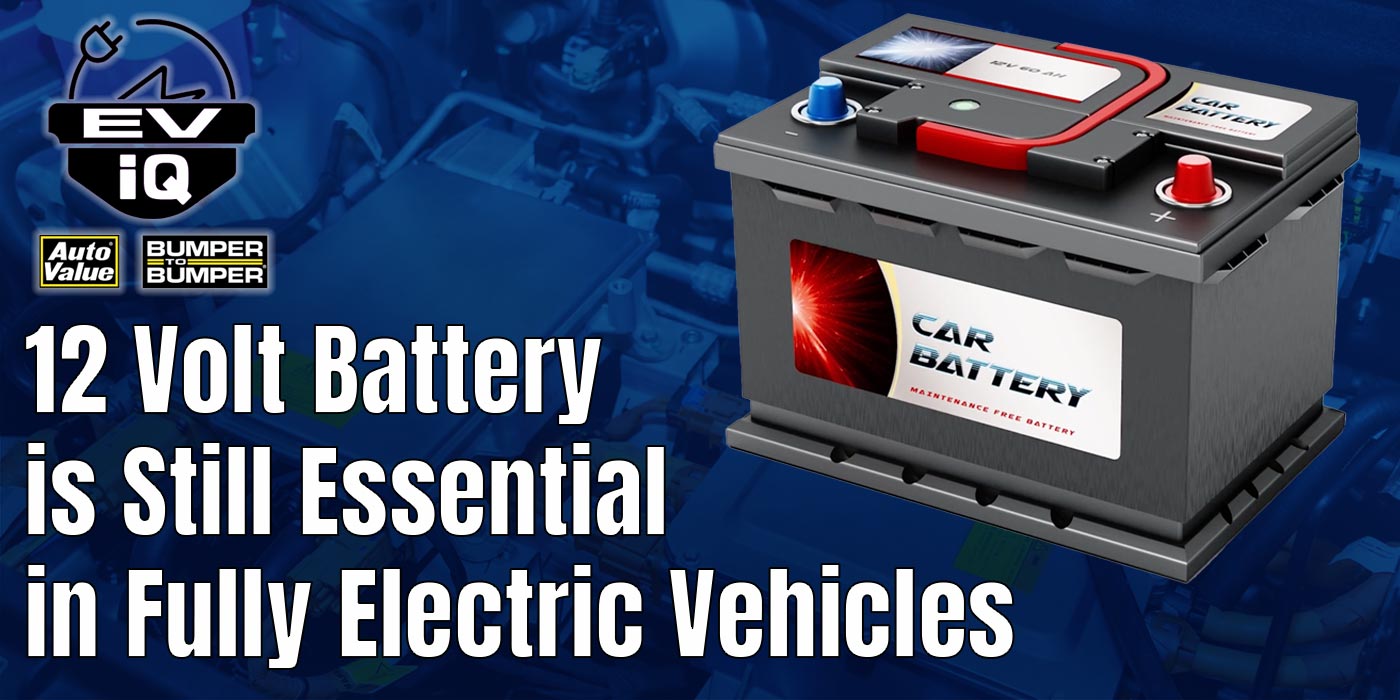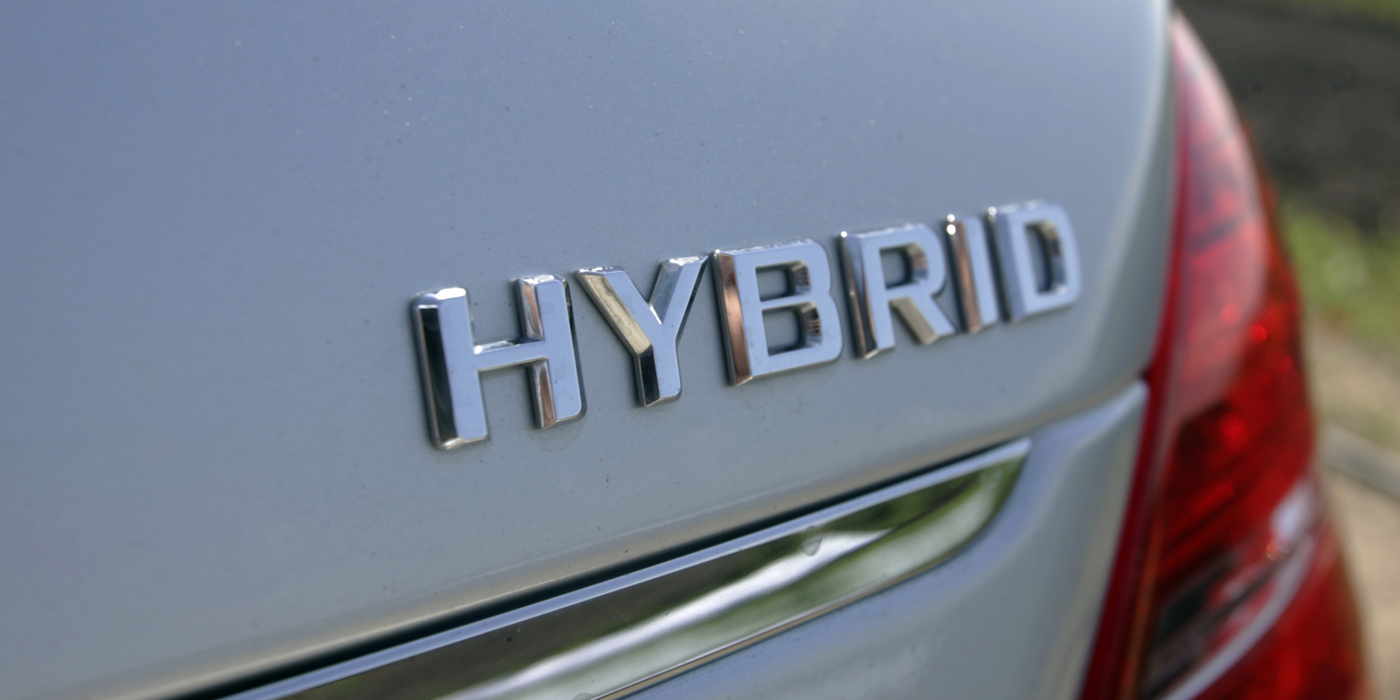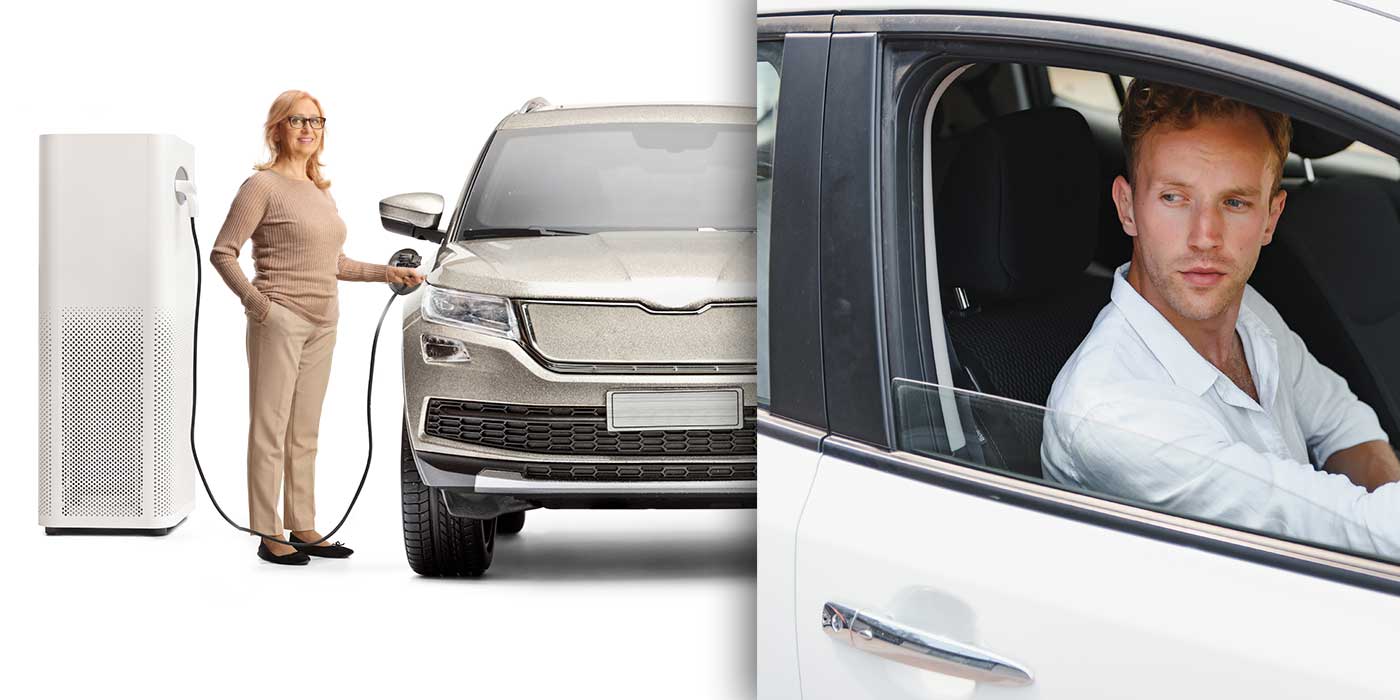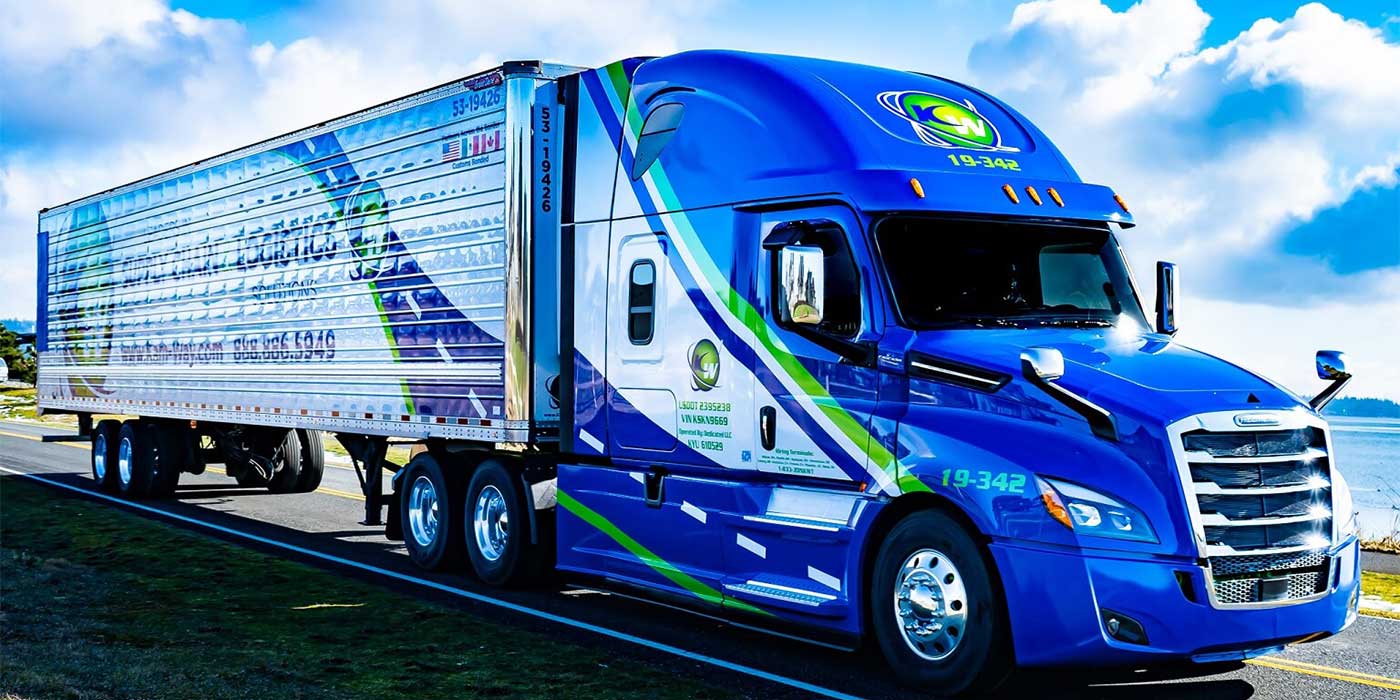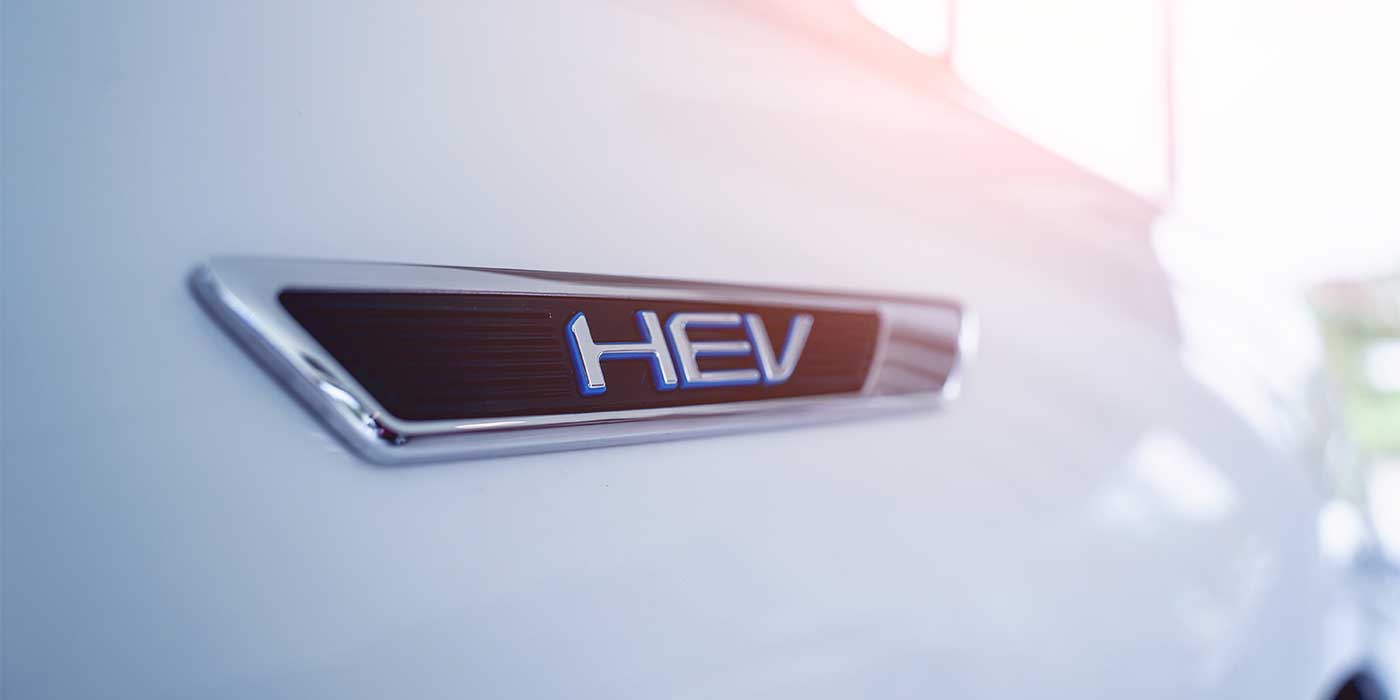Today, if you own an EV, you’re likely used to plugging in every night at home. And when you’re on the road, you plug in at one of those charging pillars where the experience is more or less similar to a gas pump, except it takes longer and you’re sitting around, scrolling endlessly through your social media feed while you wait for a decent range bump.
Now, you might find these experiences to be exciting… Good for you! But let’s face it, it’s only because it’s a novel one. But in the not-so-distant future, these rather drab charging affairs will be getting a bit of a pick-me-up.
First on our list of charging changing for the better is Electrify America, a company taking the user-experience side of commercial charging stations seriously. In fact, the company says it is reimagining the charging experience via the 1950s-sounding slogan “The Charging Station of the Future, Today.” To achieve this, the company plans to add design and comfort elements to its next generation of chargers, like solar canopies and awnings, customer waiting areas and other customer-focused services at select locations.
The company is starting installations for its new flagship charging facilities in Santa Barbara, San Francisco, San Diego and Beverly Hills, California, as well as in New York within Manhattan and Brooklyn. If you’re in the area, you may find these new stations decked out to include up to 20 DC fast chargers, customer lounges, electric vehicle showcase areas, dedicated event spaces, and perhaps even valet charging and curbside delivery options for those located near shopping hubs. Now that’s service.
Next up is the ZiGGy EV charging robot, a mobile charging station you may find driving itself around a venue near you following production in 2023. Designed for parking facilities, shopping and entertainment centers, hotels and commercial fleet lots, the idea behind ZiGGy is… well, there are a lot of ideas here.
Developed by a company called EV Safe Charge, ZiGGy isn’t chained to the grid like most charging stations. It can be summoned to an EV through its mobile app or in-vehicle infotainment system. It can even arrive at a parking space ahead of the vehicle to reserve its spot, THEN act as a charger for that vehicle.
What’s fun for the facility where ZiGGy lives – and maybe not so fun for the EV driver – is that ZiGGy comes equipped with two big ‘ol screens that can serve as interactive advertising displays. That’s right, ZiGGy may pretend to be your friend, but at the end of the day, just like every other technological marvel on the planet – it just wants to serve you ads.
But, hey, that isn’t to say ZiGGy doesn’t have the potential to be a Godsend in certain situations. The company envisions its EV charging robot will be the perfect fit to provide offsite charging if no infrastructure is available somewhere onsite. And, thanks to its mobile nature, ZiGGy can be recharged from the grid like a typical charging station, or it can use a battery, or solar, or whatever else a facility determines to be the right move.
Now, if you’re a typical consumer and you own an EV, it’s highly likely you’re doing most of your charging from home – so let’s bring the charging revolution there.
So what’s the worst part of at-home charging? For many EV drivers, it’s just plugging in. Maybe you’re just apt to forget, or maybe you don’t want this machine in your garage with its long, cumbersome chord, or maybe you’ve just had a really long day and plugging in is just one more thing you have to do and you just can’t deal with it today, OK?
And if you feel this way, you aren’t alone. We know that according to a new research study conducted by independent market research firm Qualtrics, 96% of survey respondents are asking for wireless charging. This study went out to 1,053 American adults, nearly half of which already own at least one EV, and the other half being those who intend to purchase an EV in the next two years.
In fact, in the study, wireless charging was rated 34% higher than full self-driving capabilities, and it was also more appealing than popular upgrades like premium audio systems, park assist, acceleration performance, and unique interior or exterior design features.
Now, there are a few wireless charging solution possibilities on the market right now, but I think Continental and Volterio’s latest combined effort is one of the most interesting. The catch is that to the driver it seems totally wireless, but it isn’t really.
Here’s how it works: This fully automatic, intelligent charging robot is comprised of two components: one unit in the underbody of the vehicle and another on the garage floor. As soon as the car is parked, the two components connect automatically via a smart system, which among other options is controlled through ultra-broadband – a radio-based communication technology for short-range data transmission. This means that the car doesn’t have to be parked completely accurately and in-line, in fact Continental says the charging robot can correct for deviations of up to 30 centimeters from the ideal parking position.
Now, although to the driver the system acts just like a wireless charging mat, energy is actually flowing through a physical connection. The advantage here is that, unlike wireless inductive charging via a magnetic field, very little energy is lost when filling up with the charging robot.
Initially, Continental intends to provide this charging solution to private households with a suitable rating of 22 kW AC power. And, the solution is a retrofit, so it can be equipped in existing vehicles.
Down the road, Continental says it hopes to develop a fast-charging solution for public areas that can be retracted into the ground, and is even discussing variants for fleet vehicles.


